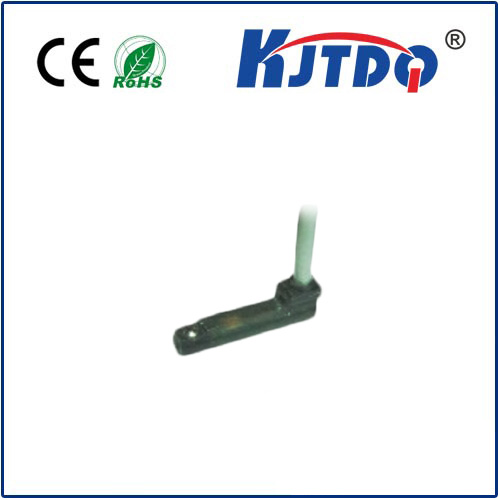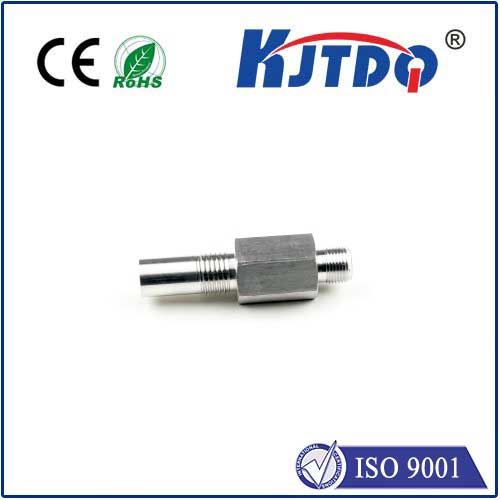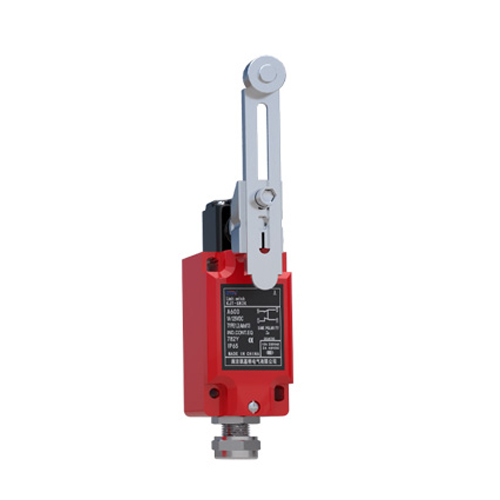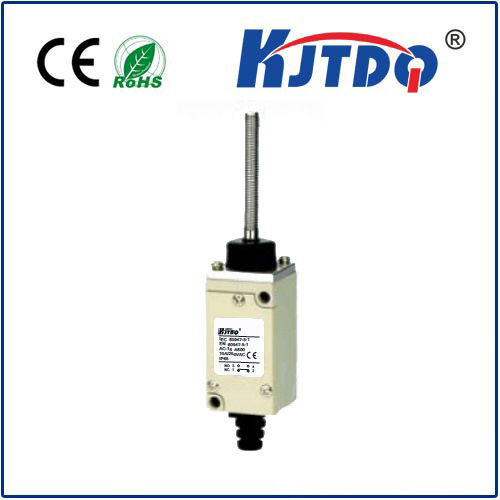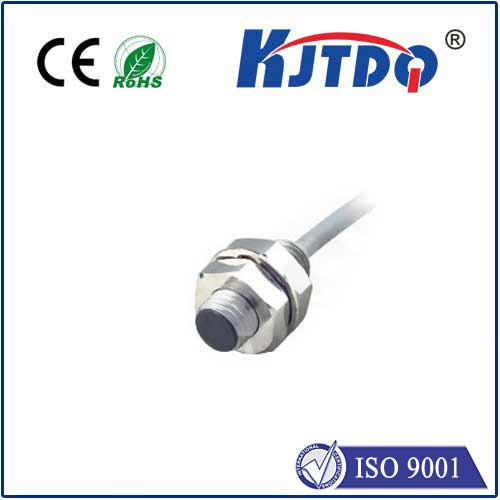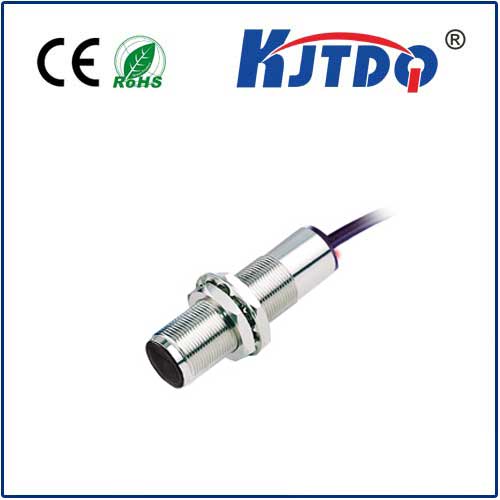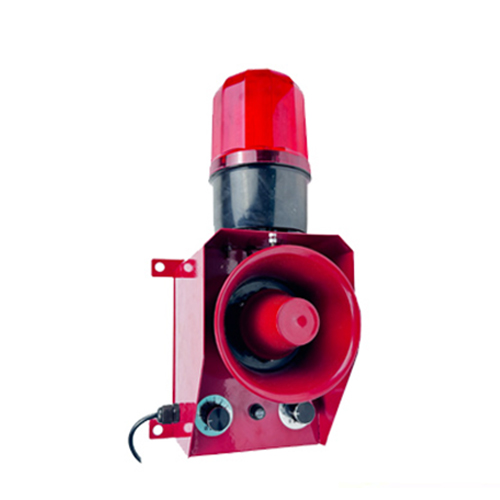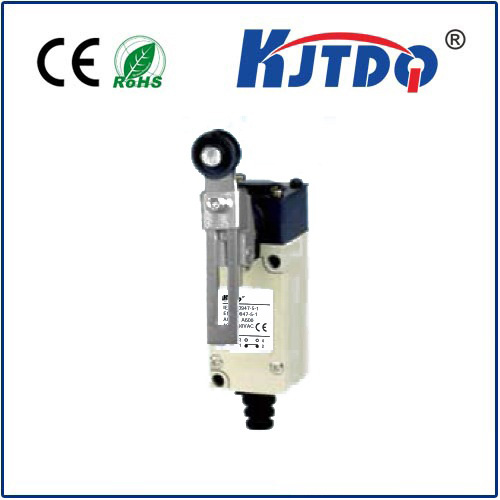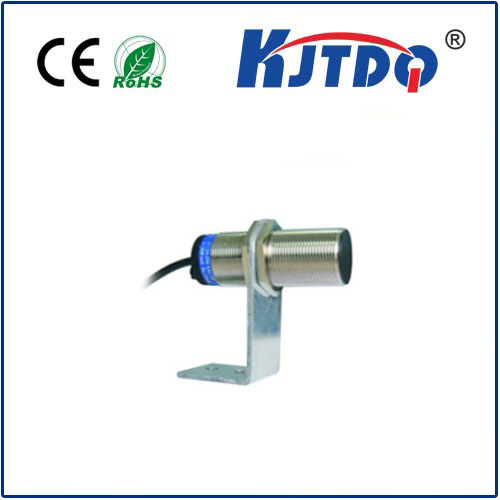

check

check

check

check
Title: Enhancing Accuracy and Efficiency with Laser Displacement Sensors
Introduction
The laser displacement sensor is a revolutionary technology that has been rapidly gaining popularity in various industries. This advanced sensor utilizes a laser to measure the distance traveled by an object or material over a specific period. By accurately capturing the displacement, it provides valuable insights into the performance of machines and processes, enabling better decision-making and process optimization. In this article, we will explore the key benefits of using laser displacement sensors and their applications in different fields.
Benefits of Laser Displacement Sensors
One of the primary advantages of laser displacement sensors is their high accuracy. They can achieve remarkable precision levels due to the use of optical fibers and high-performance laser sources. This accuracy makes them ideal for measuring the displacement of small objects, such as microchips or grains of sand. Additionally, they offer fast response times, allowing for real-time monitoring of movement and process control.
Another significant benefit of laser displacement sensors is their versatility. These sensors can be used in a wide range of applications, from manufacturing and automotive industries to medical devices and aerospace engineering. For example, in the automotive industry, laser displacement sensors are commonly used to measure tire pressure and track vehicle movement. In manufacturing, they help optimize assembly processes by detecting defects and improving production efficiency.
Furthermore, laser displacement sensors can provide valuable data insights into the performance of equipment and processes. By monitoring changes in displacement over time, operators can identify potential issues and take corrective actions before they become major problems. This helps reduce downtime, improve product quality, and save on maintenance costs.
Applications of Laser Displacement Sensors
There are numerous applications where laser displacement sensors can be utilized to enhance accuracy, efficiency, and decision-making. One of the most common uses is in quality control in manufacturing. By measuring the displacement of components during production, manufacturers can ensure consistent quality standards and identify areas for improvement.
In addition to manufacturing, laser displacement sensors can be used in logistics and transportation to track shipments and monitor delivery times. This helps companies improve supply chain management and reduce costs associated with lost or delayed goods.
In the field of medicine, laser displacement sensors can be employed to measure the movement of tissues during surgery or to assess the effectiveness of rehabilitation exercises. By providing real-time feedback on patient progress, doctors can adjust treatment plans accordingly and improve patient outcomes.
In conclusion, laser displacement sensors offer numerous advantages over traditional sensor technologies, including high accuracy, fast response times, and versatile applications. As these technologies continue to evolve and improve, we can expect to see even more innovative uses in various industries, further enhancing productivity, efficiency, and decision-making.
